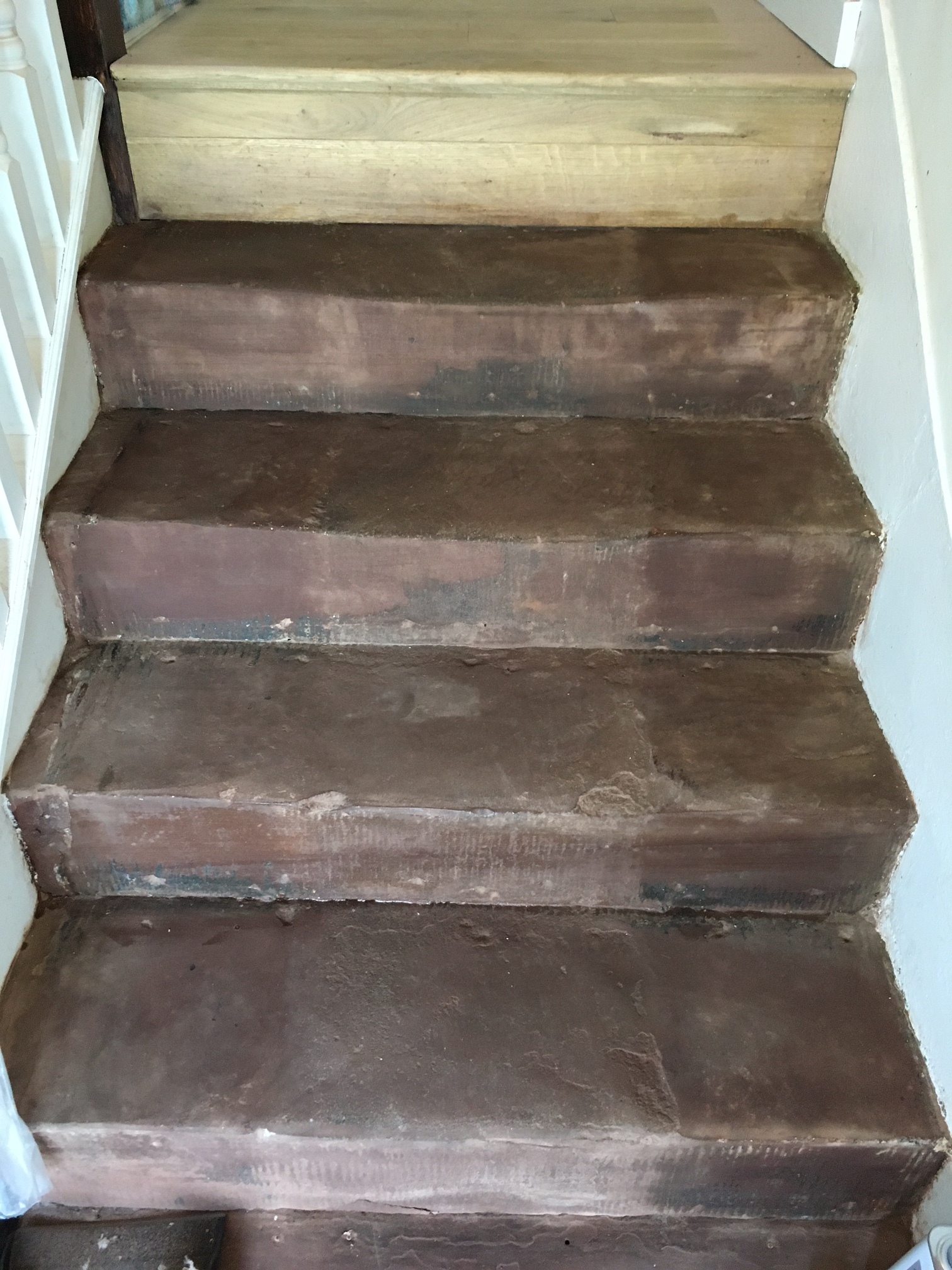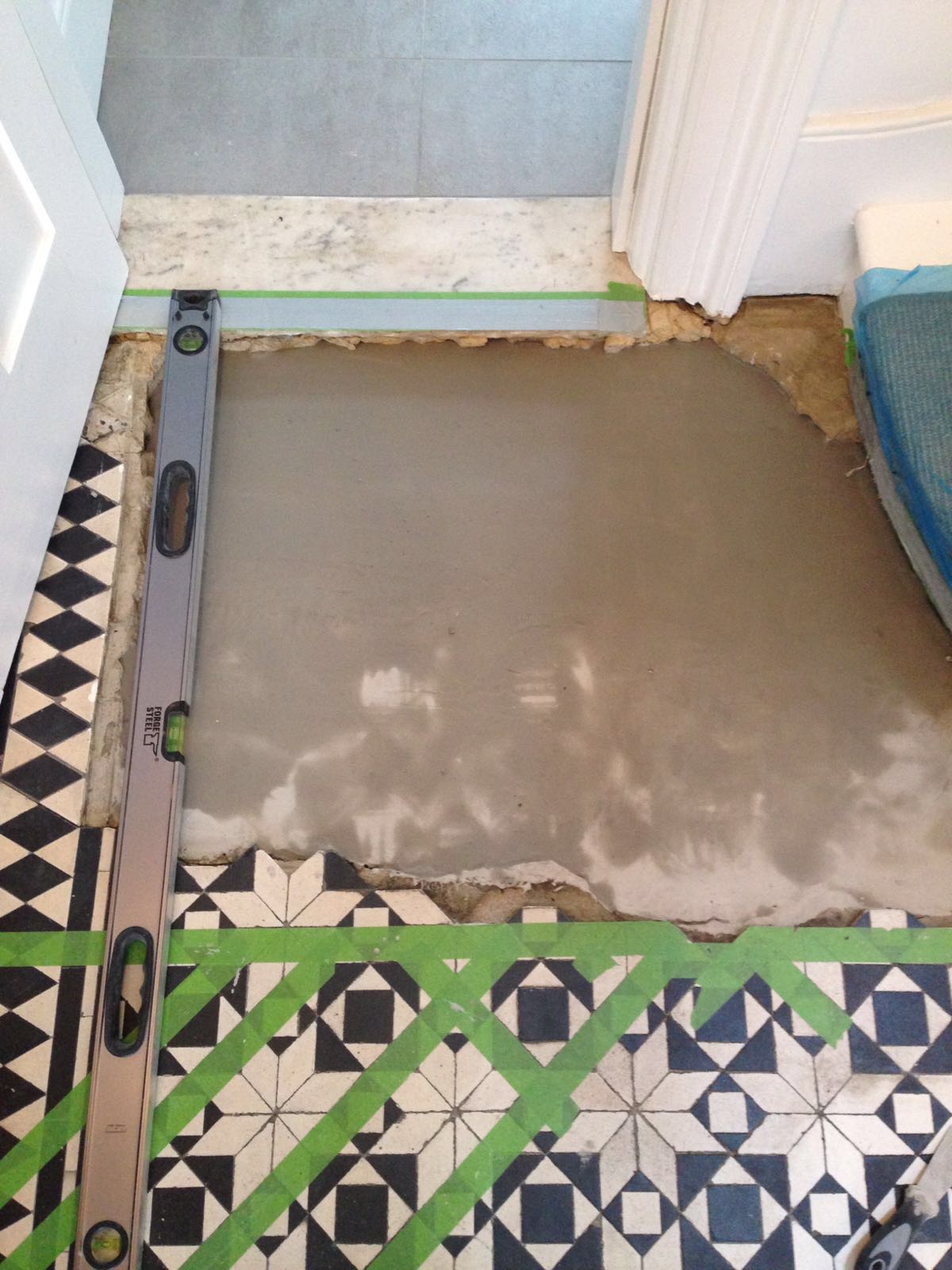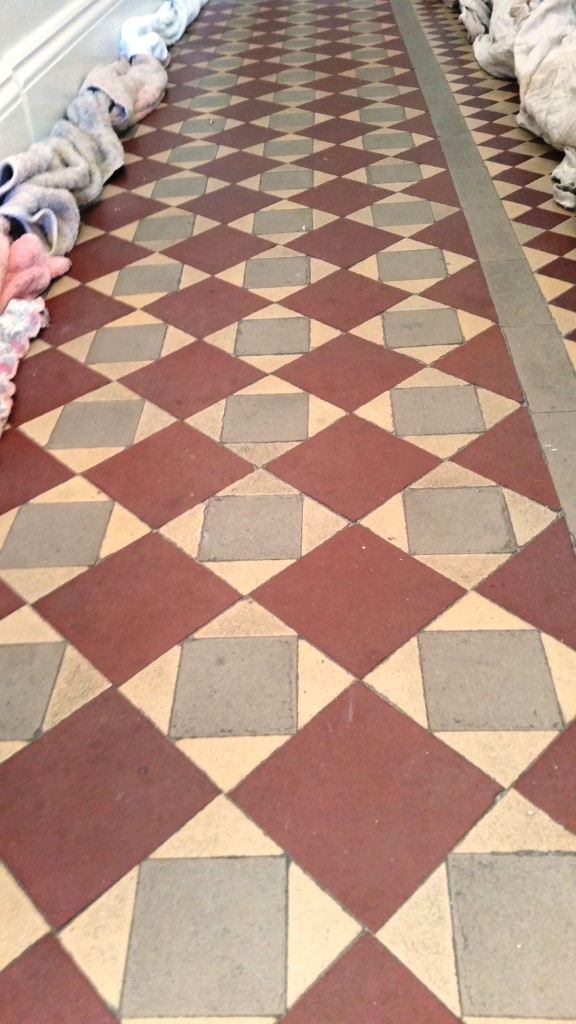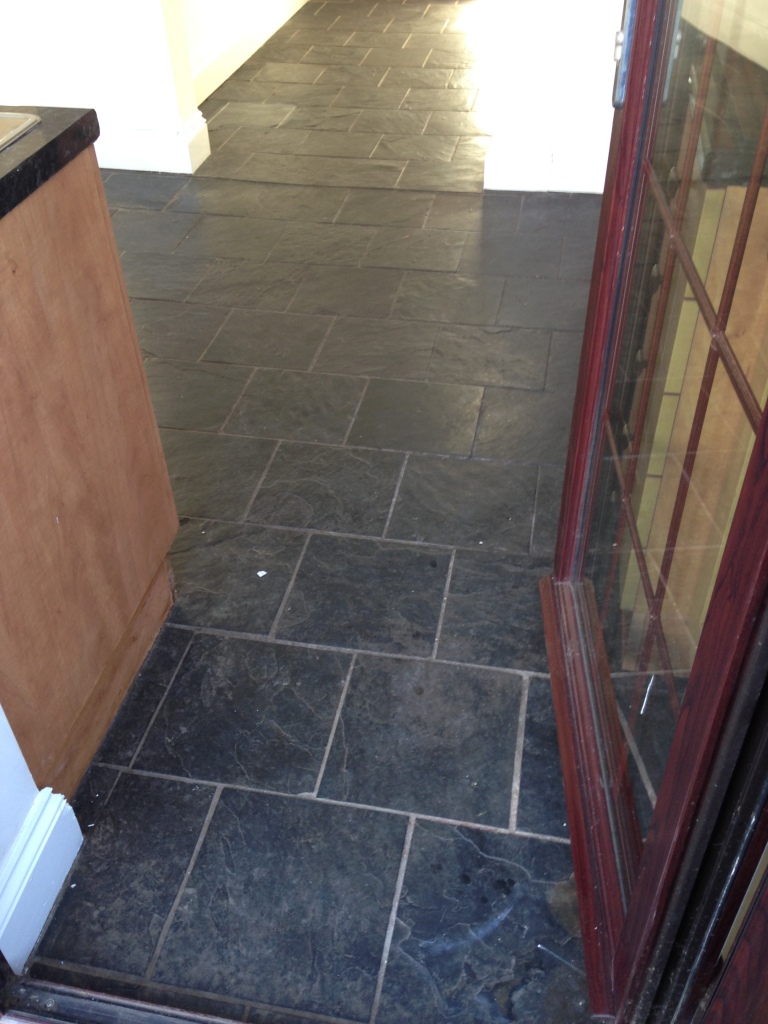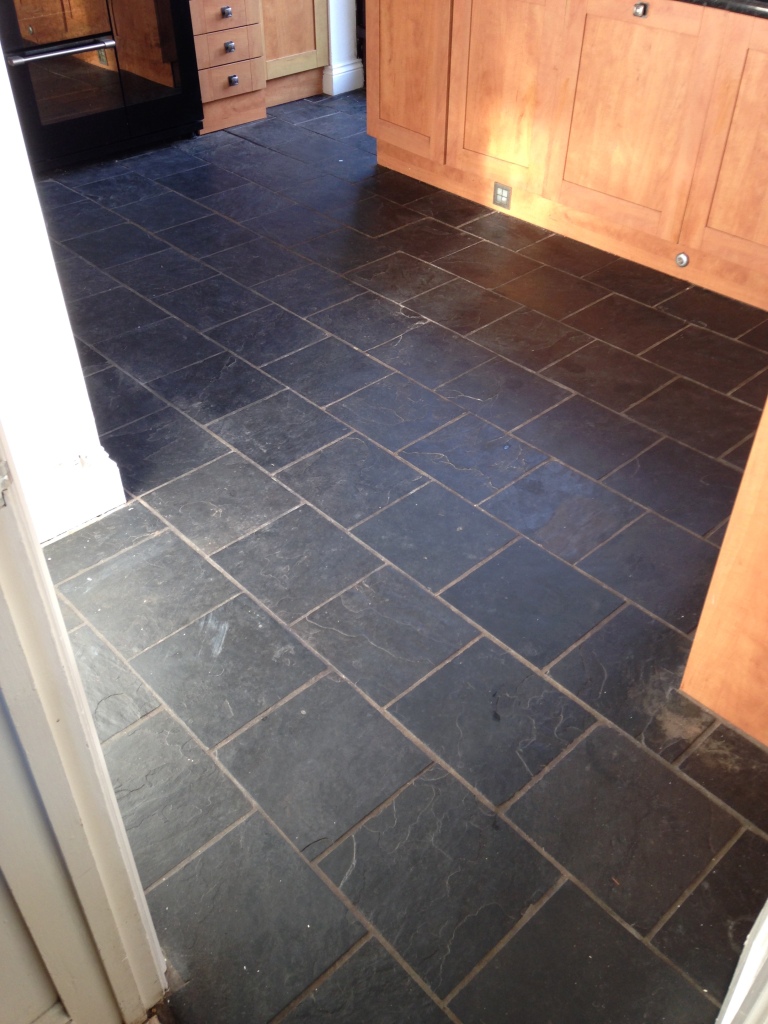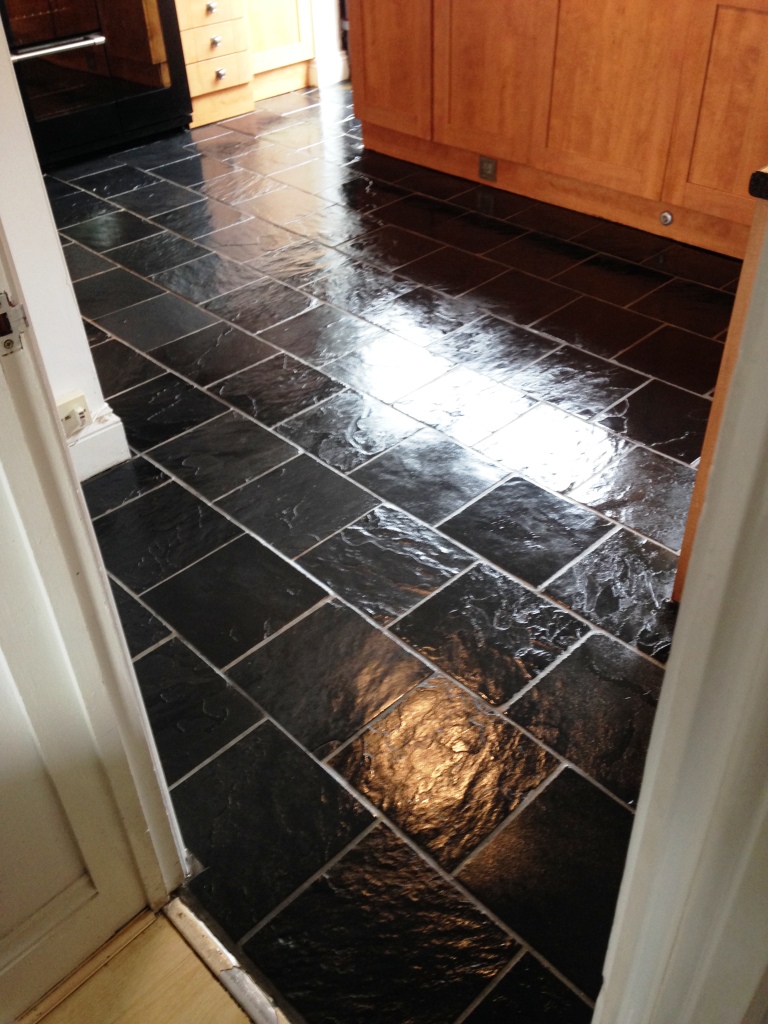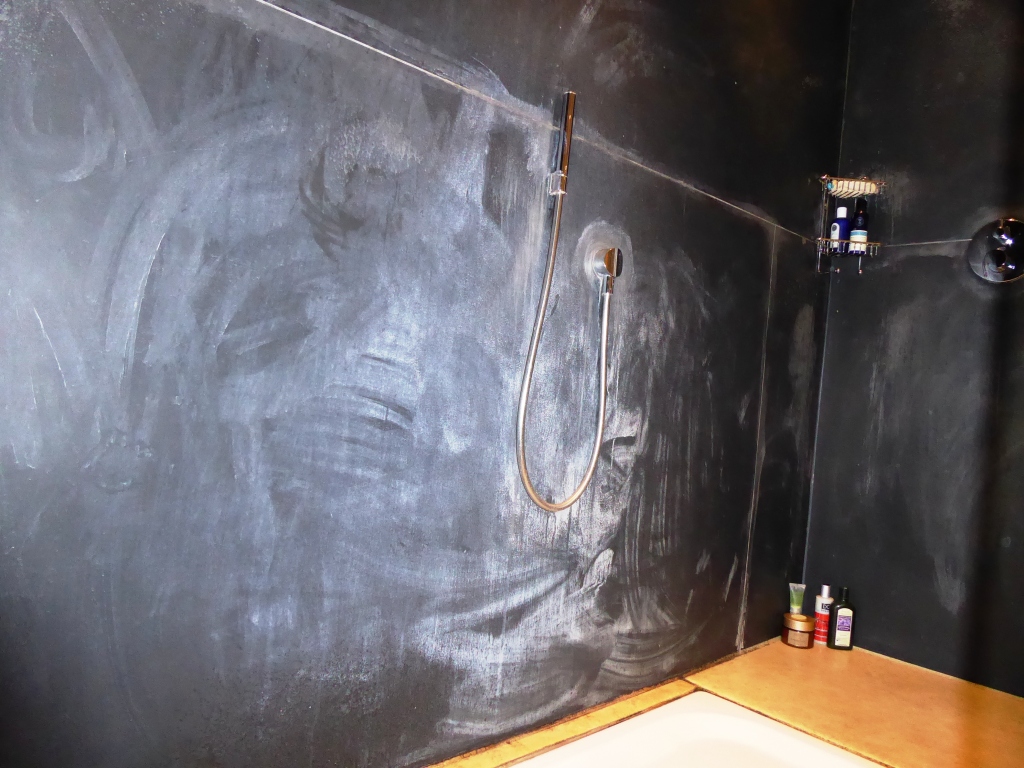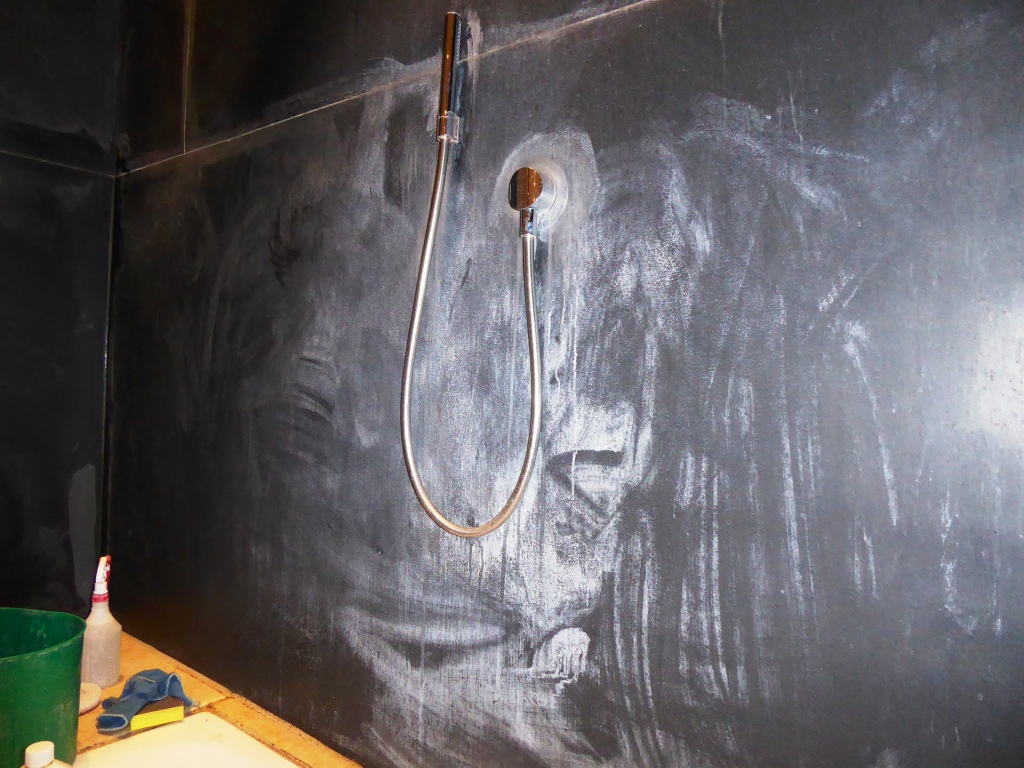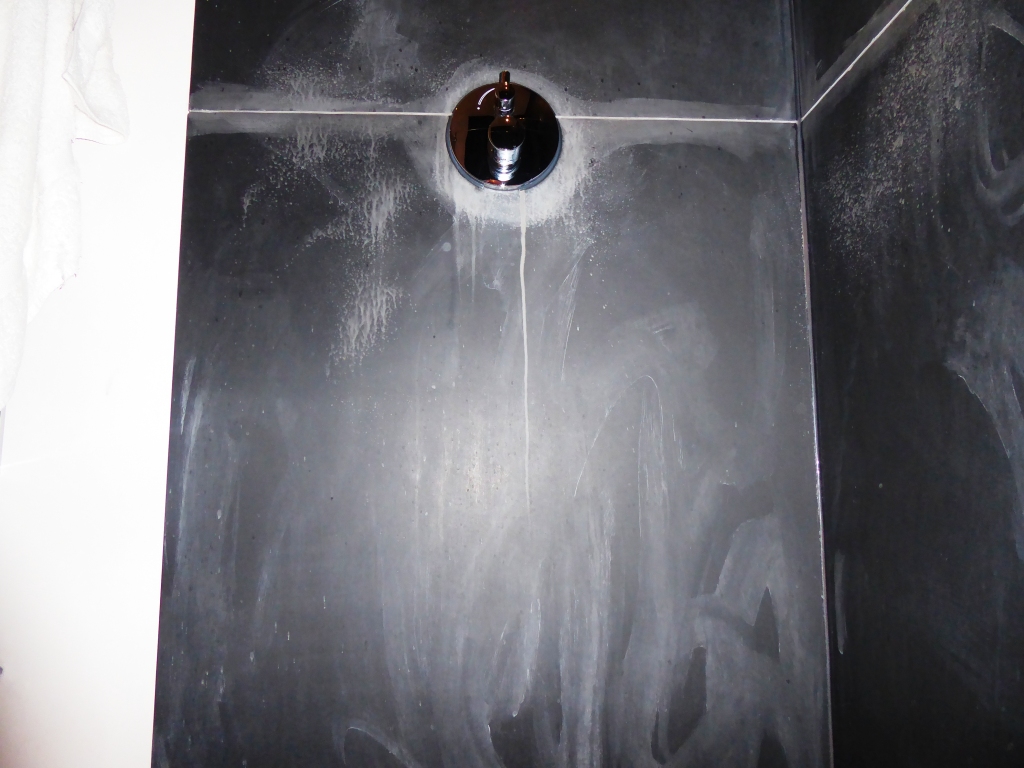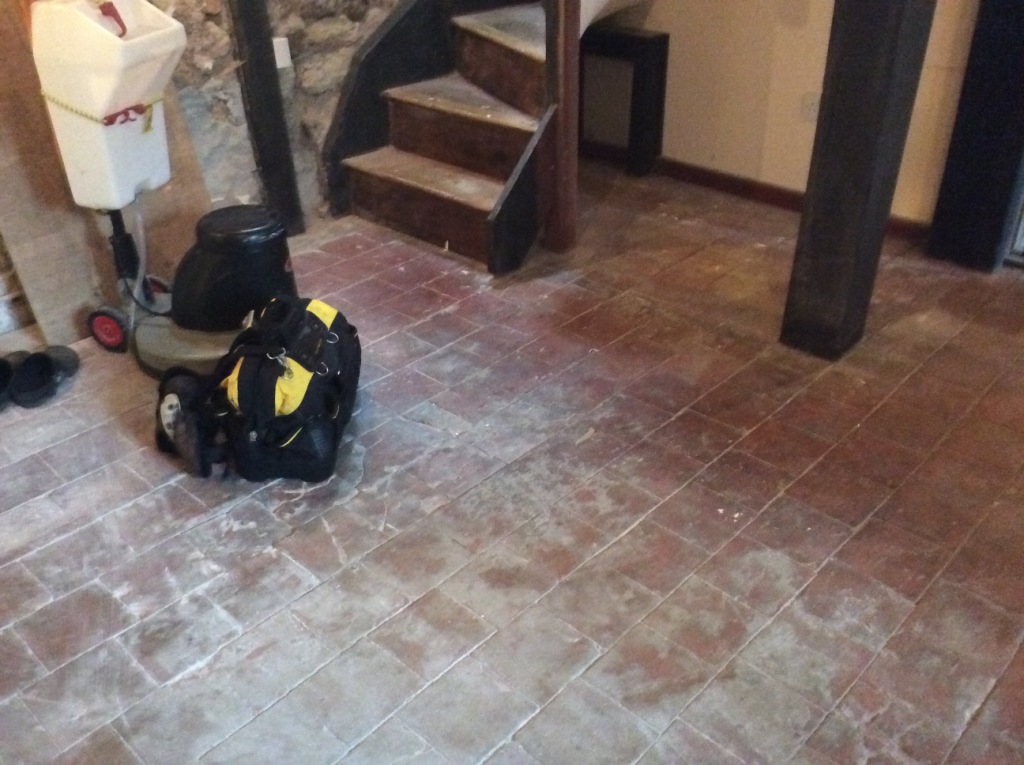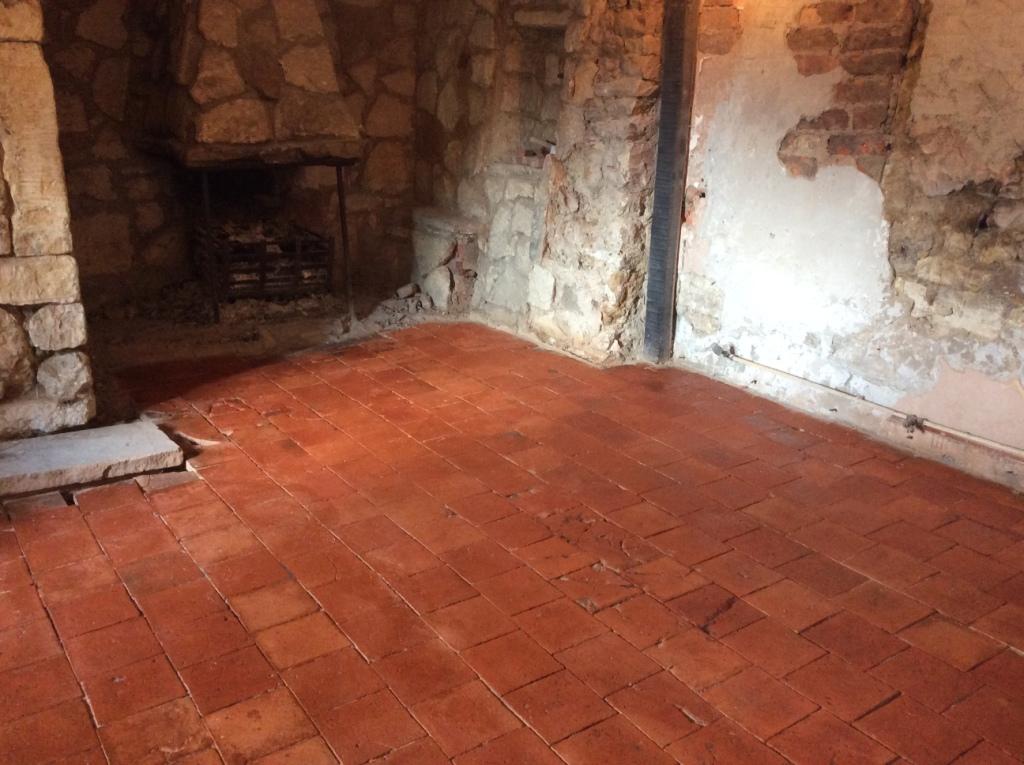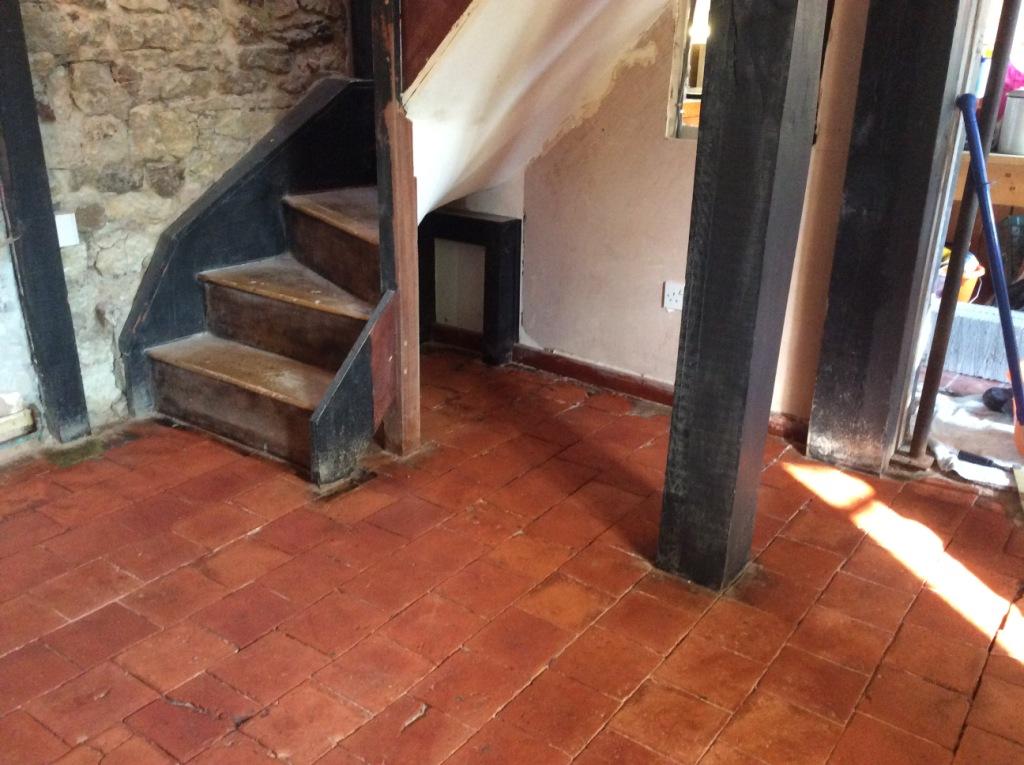When you decide to use a cement floor sealer, make sure that you pay a lot of attention and take all the necessary precautions for your health and safety. This is because cement floor sealers are very dangerous and you must protect yourself against its hazards.
1 – Wearing Protective ClothingRemember to wear protective clothing whenever you are going to handle or apply a cement floor sealer. The fumes and vapors produced by a cement floor sealers can be very dangerous and if you inhale them, they may cause nausea, fatigue, headache and dizziness.
You also need to wear protective eyewear because cement floor sealers can cause irritation to your eyes. You should never use cement floor sealers with bare hands because it tends to cause cracks, rashes or dryness to your skin.
2 – Ventilating the Environment
Due to the high toxicity of the fumes produced when utilizing a cement floor sealer, it is highly important that the place where the sealer is being applied should be ventilated properly to reduce the danger caused by the poisonous fumes. If a worker inhales or swallows cement floor sealer, it may cause great pulmonary damage, vomiting or severe pneumonia.
3 – Keeping Cement Floor Sealer Away from Open Flames
Cement floor sealers are highly flammable and can cause explosions or fires very easily. For this reason, you are advised to keep cement floor sealer at a distance from fire and heat. You are also advised to store cement floor sealer in its own container and its storage place should be specific for flammable liquid substances.
4 – Preventing Water Pollution
Apart from causing damage to human health, cement floor sealers can also pollute lakes, rivers, seas and oceans in a terribly disastrous way. It can poison the water and consequently kill fish and other living organisms that live there. Cement floor sealers should be kept away from any bodies of water in order to prevent water pollution.
5 – Smoking Strictly Forbidden
Workers should not smoke when they are using cement floor sealer. When their work is over, they should wash thoroughly before going to smoke, drink, eat or use the toilet. If your clothing has been contaminated by the cement floor sealer, take it off immediately.
6 – First Aid Procedures
If your hands come in contact with cement floor sealer, apply a suitable hand cream or lotion to protect the skin of your hands against cracking and dryness. From a general perspective, a person needs to breathe fresh air and take some rest in case of exposure. If the person falls unconscious, you must never give him or her a drink.
In case a person inhales the toxic fumes of a cement floor sealer, make sure that he or she is breathing well and if the person still has difficulty to breathe, provide him or her with oxygen or artificial respiration. On the other hand, if the person is poisoned by cement floor sealer through swallowing, tell him or her to wash the mouth thoroughly and drink lots of milk or water. Do not induce the person to vomit. If he or she vomits, keep the head at a low position and take the person to hospital for medical attention as soon as possible.


